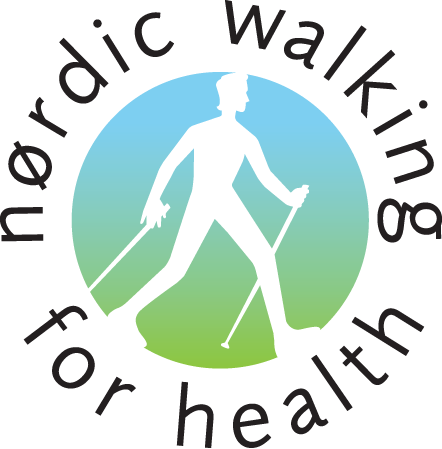Latest News
Gift Vouchers available !

Get your friend or loved one a new start for 2026 with a £25.00 voucher for a one-on-one taster session in Nordic walking ! Walk taller more naturally with the purpose of benefiting both the mind and the body in the outdoors at one of our superb South Downs locations. More information is at the bottom of this page Tasters
Posted: December 16, 2020 in Uncategorized
New Year Beginner Courses for the Brighton and Eastbourne areas

BOOKING is now OPEN for these small group fixed date beginner courses in the Brighton & Hove and Eastbourne/Seaford areas – if the dates are not convenient, just check instructor availability and email us directly to arrange dates that suit you: Brighton & Hove and Eastbourne/Seaford (one session on each day) 11.45am to 1.15pm Wednesdays 7, 14, 21 & 28 January 1.30 to 3pm Thursdays 8, 15, 22 & 29 January 9 to 10.30am Saturdays 3, 17, 24 & 31 January. The price for a group of three to five participants is
Posted: February 4, 2023 in Fixed Dates
Book a Nordic Walking Taster Session ?

Taster sessions can be booked at your convenience by checking for available slots at Taster Sessions Taster sessions are discounted to encourage people to try it out and cost: £15 per person with three or more people (max 8) for 1.5 hours £20pp with two people for 1.25 hours £35 with one person for 1 hour. Poles are provided at no extra cost. Payment is required 48 hours before the session. On cancellation, a full refund will only be provided if Nordic Walking for Health is informed more than 24 hours
Posted: December 31, 2024 in Taster Sessions
Living Well with Parkinson’s Walking for Exercise Programme

This Parkinson’s UK (PUK) funded programme started on 1 March 2024 and it will run for at least one year. The PUK grant will enable a minimum of10 suitable candidates accompanied by a carer/supporter, if wanted, to take part in the programme in one of two ways dependent on the outcome of a Taster/Assessment Session: TREKKING PATHWAY – Hove Park, Hove BN3 7BF Taster/Assessment Session (free of charge) → Learning to ‘Trek’ Sessions (£10 per session up to a maximum of 6 one hour sessions) → Regular Group Treks (£10 per person for up to
Posted: January 5, 2024 in Instructed Nordic Walks
Categories
- Events
- Extended Course
- Fixed Dates
- Hare Family Blog
- High Weald
- Instructed Nordic Walks
- Nordic Healthwalks
- Refreshers & Restarters
- Taster Sessions
- Uncategorized
- Walking Groups
Archive
- December 2024
- January 2024
- October 2023
- February 2023
- August 2022
- September 2021
- July 2021
- March 2021
- December 2020
- October 2020
- August 2020
- June 2020
- May 2020
- April 2020
- March 2020
- February 2020
- January 2020
- November 2019
- October 2019
- September 2019
- July 2019
- April 2019
- October 2018
- July 2018
- November 2017
- October 2017
- March 2015
- April 2013
- August 2012
- July 2012
- July 2009
